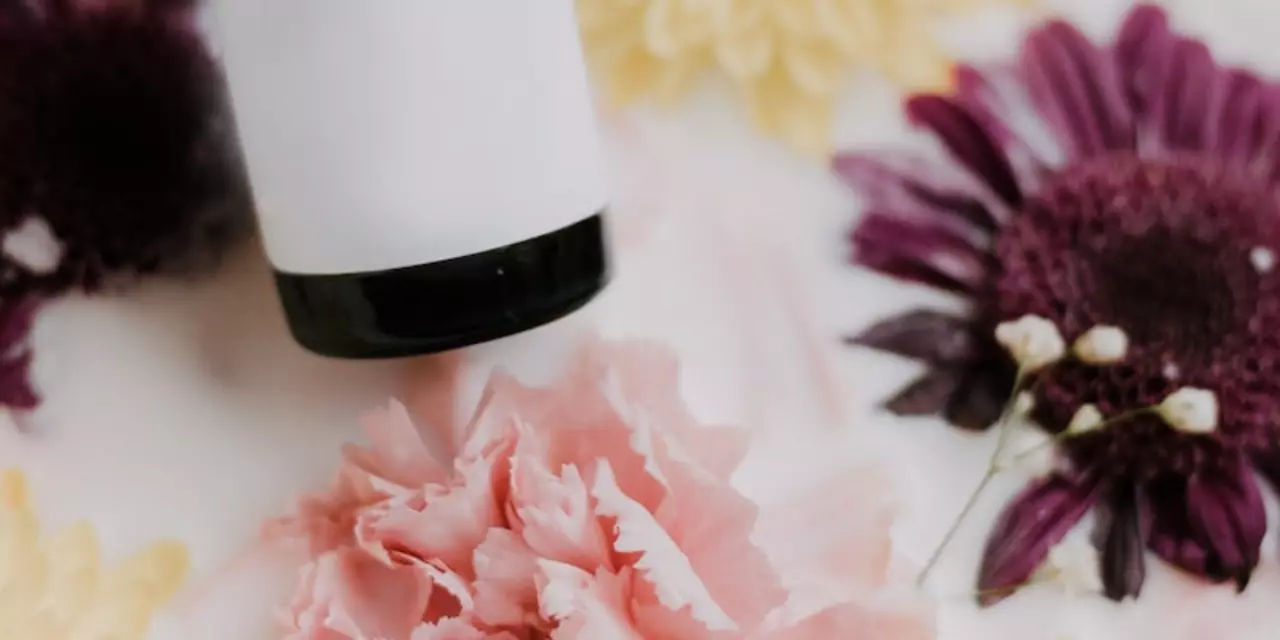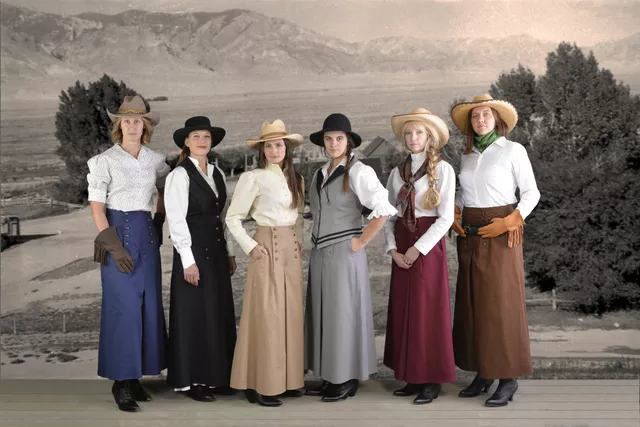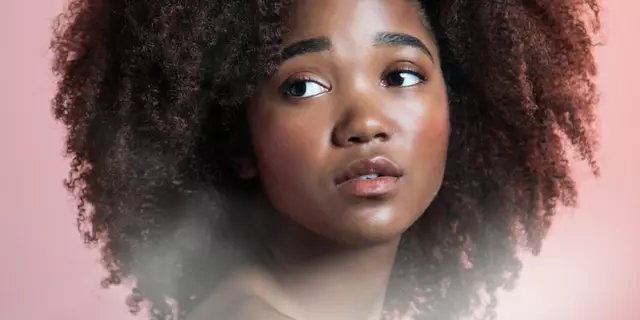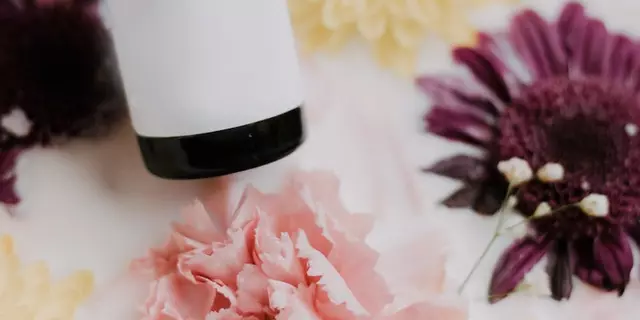The Ancient Origins of the Beauty and the Beast Tale
The story of Beauty and the Beast is one of the most beloved fairy tales of all time. The story has been told and retold in countless variations, but where did it really originate? To answer this, we have to look back to the distant past.The earliest version of the story dates back to the 9th century and can be found in a volume of stories known as the “Arabian Nights.” In this version, a prince is transformed into a beast by a powerful sorcerer. The prince must then win the love of a beautiful princess to break the spell and turn back into a human.
The story was further popularized in the 17th century by French author Gabrielle-Suzanne Barbot de Villeneuve. In this version, a merchant’s daughter named Beauty is sent to the Beast’s castle to save her father. The Beast falls in love with Beauty, but she is initially repulsed by his appearance. Eventually, she learns to love him for his inner beauty and the Beast is transformed back into a handsome prince.
The story of Beauty and the Beast has captivated readers for centuries. It has been adapted into countless versions and retellings, but its roots can be found in the ancient stories of the 9th century.
Exploring the Cultural Evolution of the Beauty and the Beast Story
The story of Beauty and the Beast is one of the most beloved tales in the world, and its roots can be traced back centuries. While the original version of the tale was released by French author Gabrielle-Suzanne Barbot de Villeneuve in the 1700s, the story has evolved over time and been adapted by different cultures.In its earliest form, Beauty and the Beast tells the story of a young woman who is taken captive by a mysterious beast. In order to break the curse that has been placed on the beast, she must learn to love him despite his appearance. In the end, the beast is transformed into a handsome prince.
The story has been adapted and reinterpreted by a variety of cultures throughout the years. In Chinese culture, the story of Beauty and the Beast is known as “The Legend of the White Snake”. This version of the tale features a woman who is turned into a white snake after drinking a magical potion. However, she eventually finds true love in a scholar who is willing to accept her even in her serpent form.
In African cultures, the story is often referred to as “The Tale of the Leopard Man”. This version of the tale involves a man who is cursed with the form of a leopard until a woman finds the courage to accept him despite his appearance.
In Japan, the story is known as “The Tale of the Bamboo Cutter”. This version of the tale features a poor bamboo cutter who discovers a princess inside a bamboo shoot. In order to break the curse that has been placed on her, she is required to marry him despite his humble background.
No matter the culture, the Beauty and the Beast story has been a part of our collective cultural consciousness for centuries. It is a timeless tale that has been adapted and reinterpreted numerous times, but the core message of finding beauty in unexpected places remains constant.
Uncovering the Historical Context of the Beauty and the Beast Story
The Beauty and the Beast story is one of the most beloved fairytales of all time. From its humble beginnings, it has been reimagined in various forms throughout the centuries. But where does the story come from? To answer this question, we must first look at the historical context of the story and trace its origins.The earliest known version of the story dates back to the 1st century A.D., when it appeared in the book Metamorphoses by Roman poet Ovid. In this version, a beautiful woman named Psyche falls in love with a mysterious creature who turns out to be Cupid, the god of love. This version of the story may have served as the inspiration for later versions of the tale.
The story was popularized in its modern form by the French author Gabrielle-Suzanne Barbot de Villeneuve, who wrote the first version of the story in 1740. In this version, a merchant's daughter named Beauty is taken prisoner by a beast and ultimately learns to love him. This version was an instant success and in 1756, it was adapted into a play by Jeanne-Marie Leprince de Beaumont.
Since then, the Beauty and the Beast story has been adapted into various forms, such as films, musicals, and books. It has become a beloved tale all over the world and continues to be a source of inspiration and entertainment for generations to come.
A Look at the Different Versions of the Beauty and the Beast Story
Throughout the centuries, the story of Beauty and the Beast has been told and retold in many different versions. While the basic premise of the story remains the same – a young woman falls in love with a beastly creature – the details of the story vary greatly.One of the earliest versions of the story was found in a 9th century mythological Indian tale called “The merchant and the beast”. In this version, a merchant is captured by a beast-like creature and is only released when the merchant's daughter agrees to marry the beast.
The French version of the story, “La Belle et la Bête” (Beauty and the Beast), was written by Gabrielle-Suzanne Barbot de Villeneuve in 1740. It is this version that is most widely known and has been adapted into countless other forms of media. In this version, Beauty is the daughter of a wealthy merchant who is cursed by a fairy. To break the curse, Beauty must live with the beast and eventually grow to love him.
The Disney animated version of 1991 is the most popular adaptation of the story. In this version, Belle is a young, independent woman who is held captive by a beast in his castle. In order to break the spell on the beast, Belle must learn to love him despite his outward appearance.
The most recent adaptation of the story is a live-action version released in 2017. While the basic story remains the same, this version features a much darker tone and is much more faithful to the original tale.
No matter which version of the story you enjoy, it is clear that Beauty and the Beast is one of the most enduring tales of all time. Its timeless message of love and acceptance has resonated with people all over the world for centuries.
Analyzing the Symbolism of the Beauty and the Beast Story
The Beauty and the Beast story has been popular for centuries, but where did it originate? It is thought to have been first written down by French author Gabrielle-Suzanne Barbot de Villeneuve in the 1700s, but many variations have been told since then. As with most stories, there are many interpretations and symbolic meanings that can be found in the tale.One of the most popular interpretations of the Beauty and the Beast story is a metaphor for inner beauty versus outer beauty. The Beast is a representation of the inner beauty and goodness that exists within each of us, while the Beauty is a representation of our outward appearance. By learning to accept and love the Beast, the Beauty is able to recognize the true beauty within herself.
The story also symbolizes the power of kindness and compassion. The Beast is able to transform into a handsome prince once the Beauty is able to look beyond his physical appearance and see his kind and compassionate heart. This serves as a reminder that even the most outwardly unattractive individuals can possess true inner beauty.
Finally, the story can be seen as a metaphor for the power of love. Despite the outward differences between the Beauty and the Beast, their love for one another is strong enough to overcome any obstacle. This serves as a reminder that love can conquer all, no matter the differences that exist between two people.
Overall, the Beauty and the Beast story is a timeless classic that contains many symbolic meanings. By exploring the symbolism of the story, we can gain valuable insights into our own lives and relationships.





